It is a measure of just how far the SNP has fallen that no one now wants to lead it.
John Swinney has, of course, put himself forward and is now the likely winner by default, but this is out of a sense of duty rather than a burning desire.
It is creditable that he has answered his party’s call in its hour of need, but he knows deep down he is not the right man for the job.
As he said last year, when explaining why he was not running to replace Nicola Sturgeon, the SNP “needs space to allow fresh talent and fresh thinking to come to the fore”. “It is important,” he concluded, “that somebody else take the party forward.”
His analysis is even truer today than it was then.
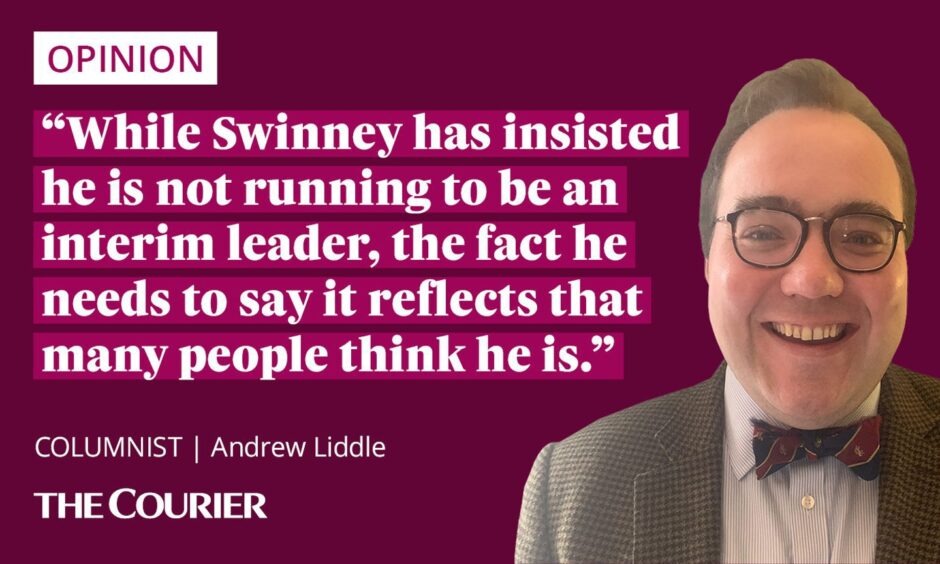
Kate Forbes certainly represents “fresh thinking and fresh talent” to many and has been First Minister-in-waiting ever since she narrowly lost the leadership to Humza Yousaf last year.
But even the heir apparent has turned down what increasingly looks like a hollow crown. After brief deliberation, Forbes clearly decided the problems currently facing the SNP are insurmountable.
As for the other would-be contenders – the Stephen Flynns, the Mairi McAllans, the Neil Grays and the Jenny Gilruths of the SNP world – they are definitely not interested.
To the extent they have been involved in the contest at all, it has been to try stitch up the leadership for anyone other than Forbes who is self-destructive enough to want to take the job on.
For many observers, witnessing such manoeuvres will be like watching an episode of Succession, only with a more inept and less likeable cast.
But self-awareness is an admirable trait and one that is often in short supply in politics. Those that have declined to run because, on reflection, they feel they are not up to the job of being First Minister deserve respect. After all, it must require an exceptional degree of humility to recognise that you might do a worse job than Yousaf.
Yet that only tells part of the story. Others will simply be biding their time, waiting for a more opportune moment.
While Swinney has insisted he is not running to be an interim leader, the fact he needs to say it reflects that many people think he is. There is no question many of his allies today will be his enemies tomorrow, manoeuvring against him if not after the general election, then certainly after the Holyrood election.
Why doesn’t anyone want SNP top job?
But the fact no one else feels now is a good time to be SNP leader is revealing in itself. Were the SNP still riding high in the polls, with a bright future ahead of it, Nationalists would be falling over themselves to take on the top job.
Instead, for want of anyone else they have been forced to turn to Swinney, a man whose last stint as leader ended three years before the first iPhone was commercially available – an indication, if ever there was one, of how far the SNP’s fortunes have declined.
The party is now just months away from a calamitous general election result.
It has lost its governing majority in Holyrood and has no coherent agenda.
Its former chief executive has been charged in connection with embezzling party funds as part of a high-profile police investigation. It is riven with infighting and mistrust. Its members are increasingly despondent, and its chief cause is a busted flush.
The SNP is, in short, a political disaster zone – and, when you think of it like that, it is no surprise no one wants to take ownership of it.
Yousaf’s greatest achievement was also his downfall
Events move particularly quickly in politics, and there has been little time to reflect on Yousaf’s premiership before attention alighted on who would be his successor.
It is certainly true that his year in office had few achievements. He was almost constantly the victim of events rather than the master of them, and had no clear vision of what he wanted to do as First Minister.
Yet Yousaf was also given a terrible inheritance by Sturgeon, who should be held responsible for the SNP’s current predicament as much if not more than her successor.
Leaving aside the police investigation into the SNP’s finances, Yousaf inherited an administration that was rudderless and under-performing – as well as an utterly incoherent plan to deliver independence – all of which hamstrung his nascent leadership.
Even a leader of great quality would have struggled to sell such fool’s gold, and it proved an impossible job for Yousaf.
Ironically, Yousaf’s greatest achievement was also the cause of his downfall. He showed courage in scrapping the power-sharing deal with the Scottish Green Party and, in doing that at least, he leaves the Scottish Government in a better place than he found it.
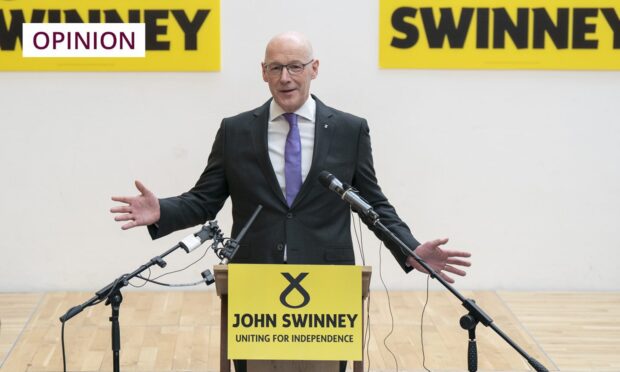
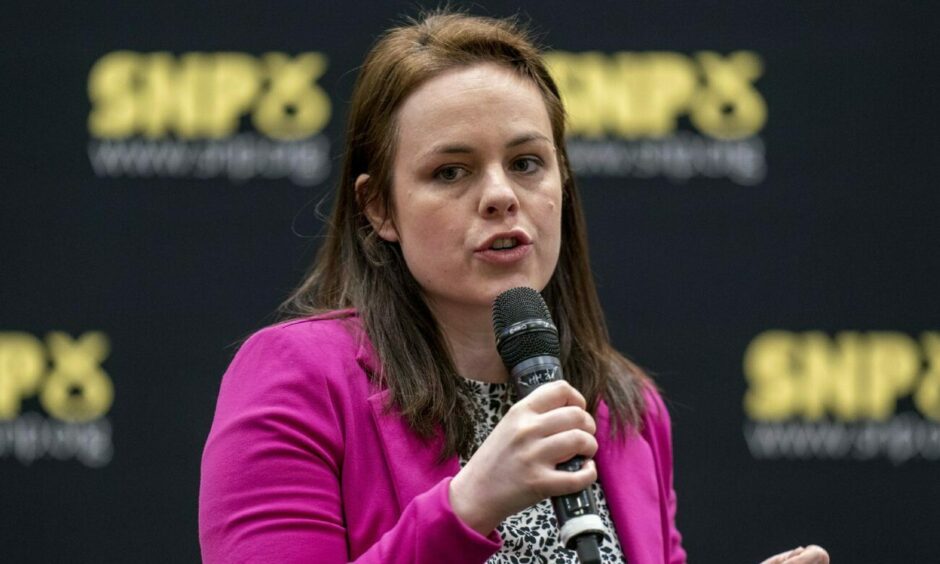

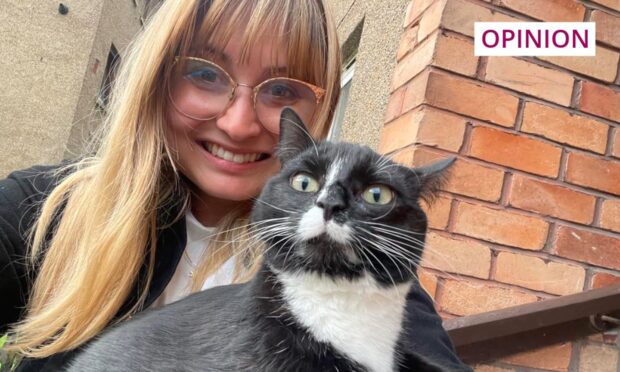


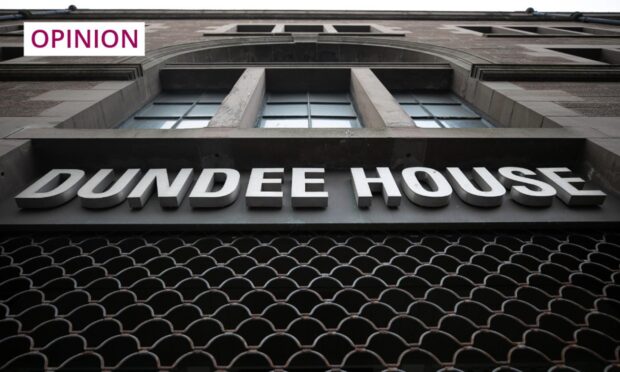
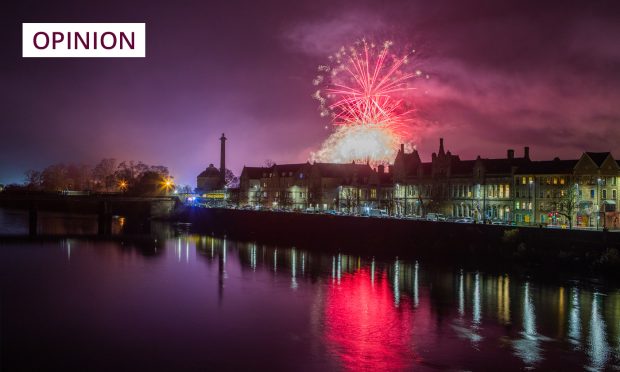
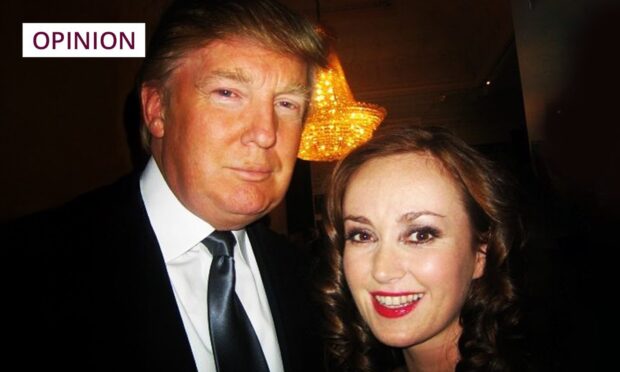
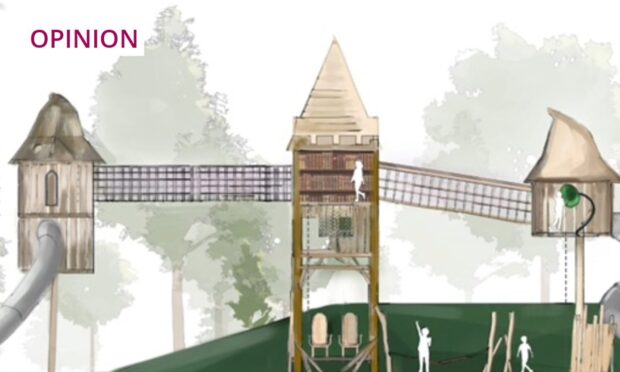
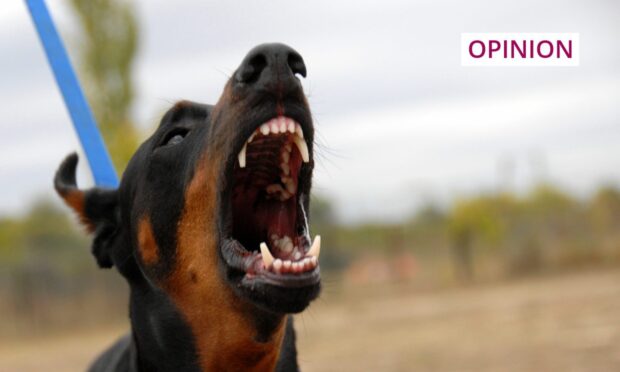

Conversation